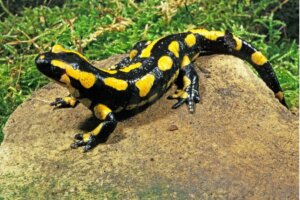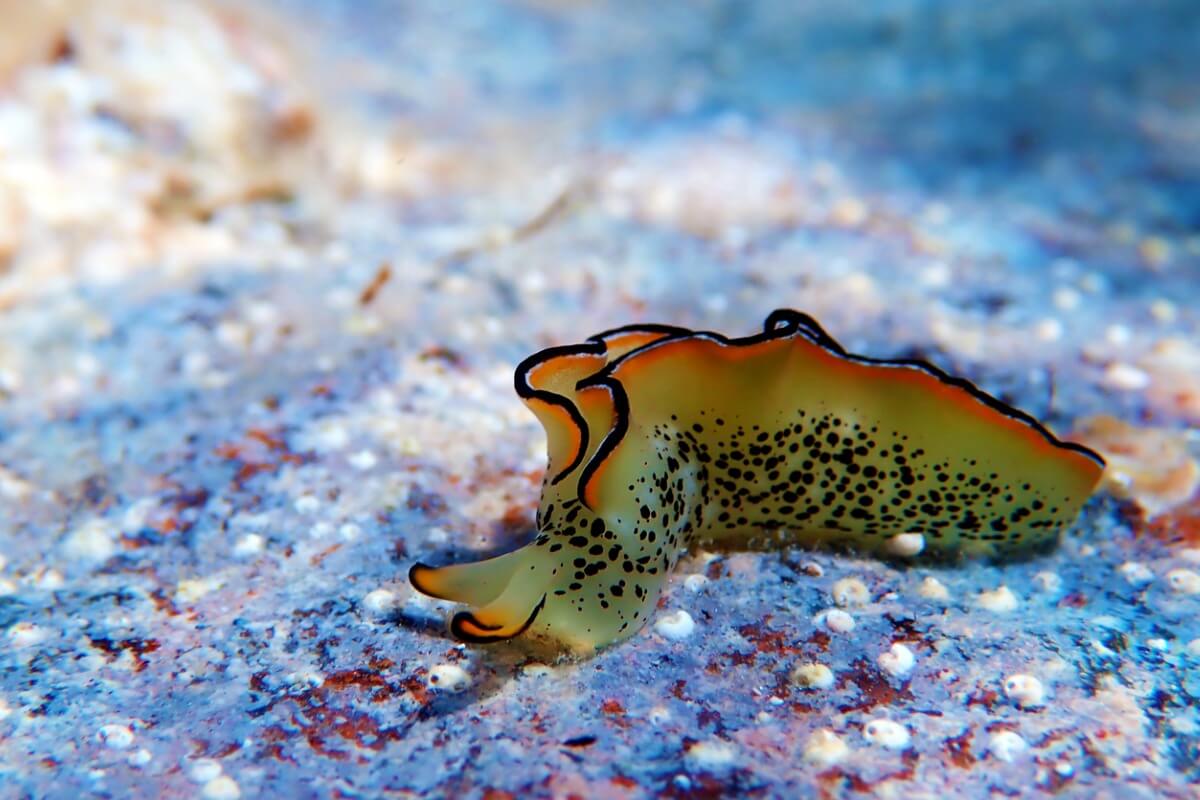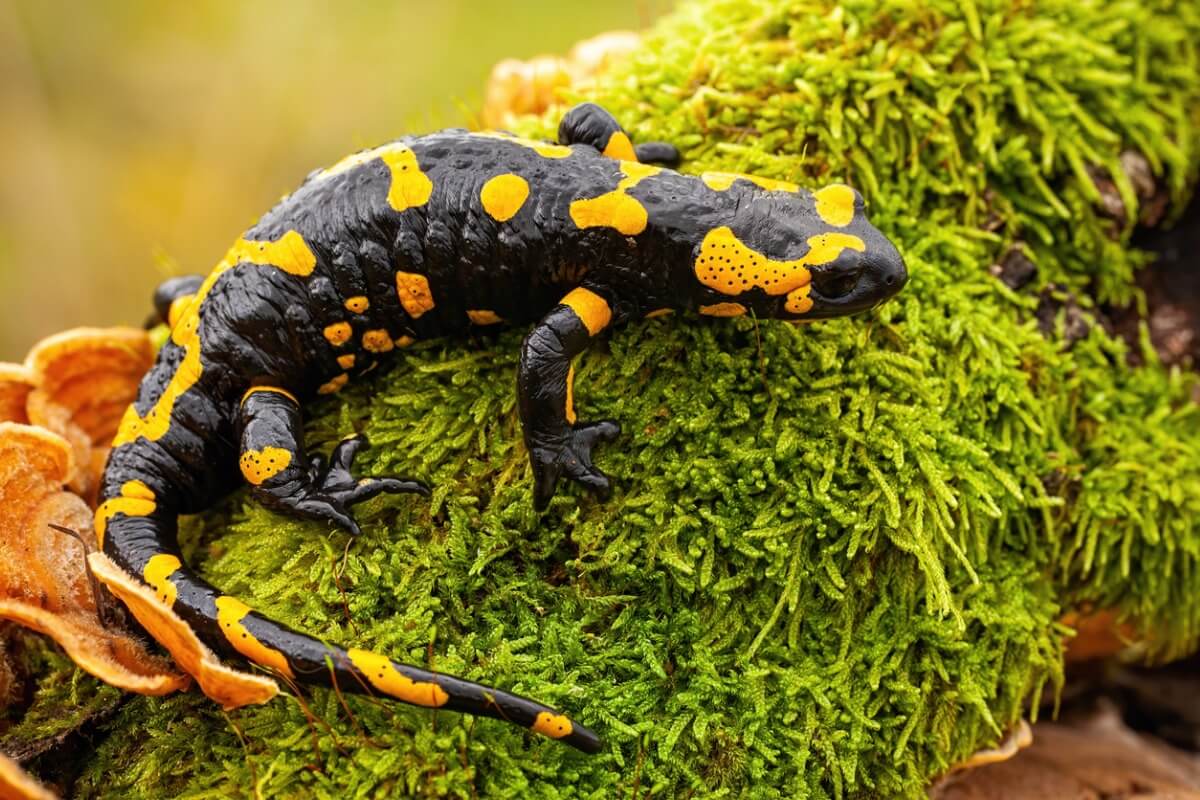Surprising Animals that Grow Thanks to Light

Are there seriously animals that grow thanks to light? The ability to convert light energy into chemical energy is normally only associated with the plant kingdom. However, it’s now recognized that there are also animal species that grow thanks to light, or, to give it its technical term, photosynthesis.
Basically, the growth of these animal species benefits from a symbiotic relationship with unicellular algae, which photosynthesize to obtain energy. This article will give you two examples.
What’s a symbiotic relationship?
By definition, a symbiotic relationship establishes a close link between organisms of different species, which rewards mutual benefits in their vital development.
Inside plant or algal cells, plastids are organelles whose main function is to produce and store chemical compounds. Thus, these organelles drive processes such as photosynthesis, lipid, and amino acid synthesis, and also determine the color of fruits and flowers. Exceptionally, they’re exported to animal cells that feed on algae.
Animals that grow thanks to light
1. Sea slugs

We’ll first talk about sea slugs, belonging to the order Sacoglossa, which feed on saponaceous algae. These species sequester the plastids of the ingested algae inside the cells of their digestive gland. This incorporation is easily evidenced as the digestive cells take on the color of the algae.
In some slugs, including those of the genus Elysia, the plastids can remain morphologically intact and functioning for weeks and months. This is the case of the sea slug called Elysia chlorotica, a small gastropod 5 centimeters (2 inches) long.
This strange animal looks like a leaf. It’s green when the sun shines and spreads out as if to enjoy the light and warmth. This species feeds on filamentous algae such as Vaucheria littorea. The stolen chloroplasts contain chlorophyll, the pigment that captures light during photosynthesis. So, it’s thanks to these elements that the slug has its color.
It’s interesting to know that the mollusk acquires the chloroplasts during its development, i.e. during the transition from larva to adult form. Interestingly, the slug seems to feed on algae only at the beginning of its existence, and, later, it draws its energy exclusively from photosynthesis.
2. The spotted salamander
Its scientific name is Ambystoma maculatum. This species establishes an association between its embryos and the green algae (Oophila amblystomatis) on which it feeds.
Recent reports have shown that this symbiosis is more intimate than previously reported. Thus, it has been concluded that algal cells invade the ones in adult reproductive tracts and their embryos during development. The chloroplasts remain functional throughout life.
Once inside, the alga metabolizes carbon dioxide produced by the embryo and provides it with oxygen as a result of photosynthesis. This is a magnificent example of symbiosis, and the only known example is an intracellular endosymbiont organism in vertebrates.
On the other hand, the alga appears to benefit from the abundant supplies of nitrogen and phosphorus found in the embryo.
United for eternity?
Interestingly, this symbiosis between the green alga and the salamander may exist beyond the early embryonic stage. Scientists have been able to trace autofluorescence emitted by algal chlorophyll and DNA in next-generation salamanders.
The invasion of algal cells into salamander tissues represents a unique association between a vertebrate and a eukaryotic alga, with implications for research on cell-cell recognition, possible exchange of metabolites or DNA, and congruence between host and symbiont population structures.

Endnote
In sum, this relationship can also be viewed as the unusual ability to take over parts, or the whole, of another organism. This special process has a clear impact on how food networks and ecosystems function. Moreover, it illustrates one of the key mechanisms by which life on Earth may have evolved.
All cited sources were thoroughly reviewed by our team to ensure their quality, reliability, currency, and validity. The bibliography of this article was considered reliable and of academic or scientific accuracy.
- Kerney, R., Kim, E., Hangarter, R. P., Heiss, A. A., Bishop, C. D., & Hall, B. K. (2011). Intracellular invasion of green algae in a salamander host. Proceedings of the National Academy of Sciences, 108(16), 6497-6502.
- Rauch, C., Tielens, A. G., Serôdio, J., Gould, S. B., & Christa, G. (2018). The ability to incorporate functional plastids by the sea slug Elysia viridis is governed by its food source. Marine Biology, 165(5), 82.
- Scott F. Gilbert, J. Sapp, and A. I. Tauber. (2012). “A Symbiotic View Of Life: We Have Never Been Individuals”. Quarterly Review Of Biology. Volume 87, Issue 4. 325-341. DOI: 10.1086/668166 https://works.swarthmore.edu/fac-biology/165
This text is provided for informational purposes only and does not replace consultation with a professional. If in doubt, consult your specialist.